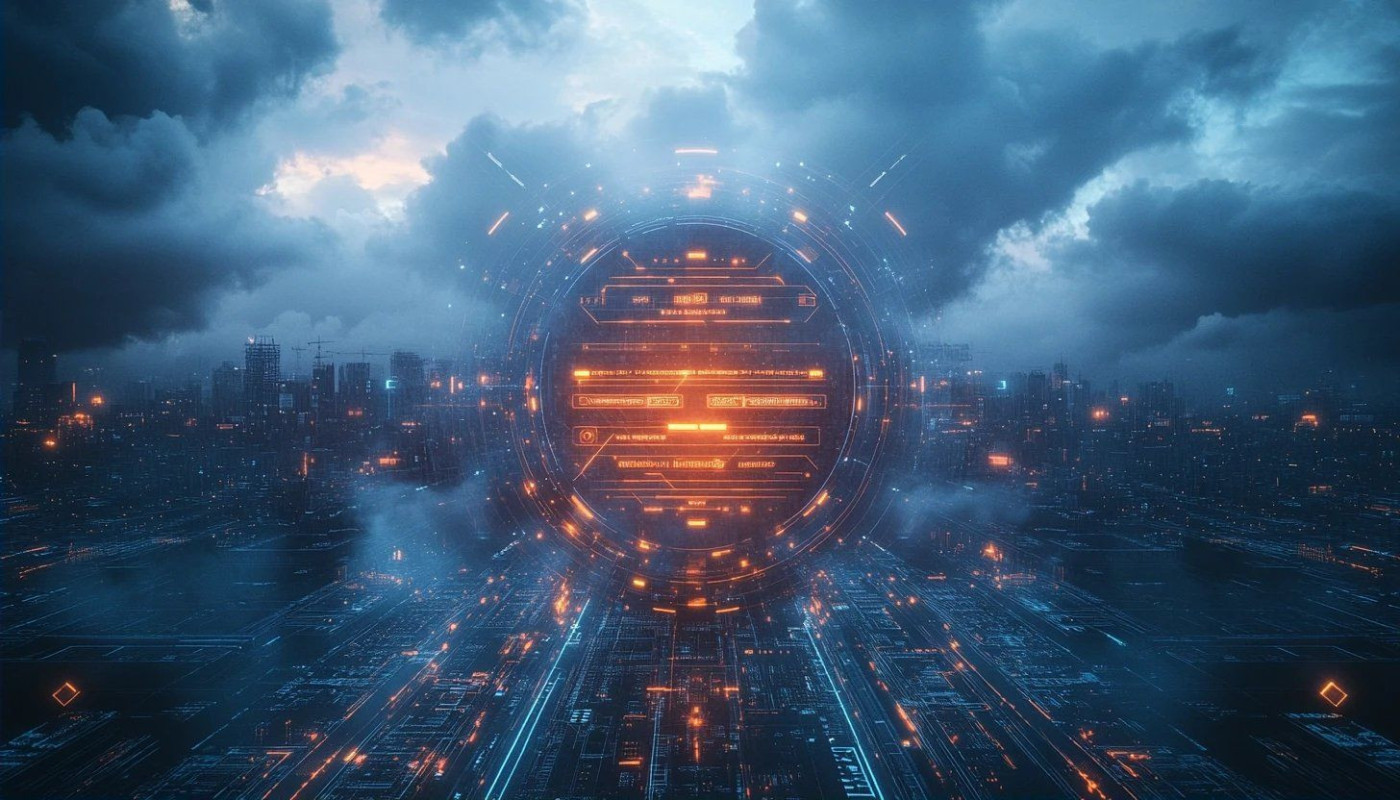Table of contents
The fusion of artificial intelligence and art heralds an era of breathtaking creativity and innovation in visual expression. As AI continues to evolve, it not only challenges our traditional perceptions of art but also opens doors to unprecedented artistic possibilities. Dive into the heart of this intriguing convergence and uncover what the future may hold for AI-driven visuals, where technology breathes life into imagination in ways never seen before. This exploration promises to unravel the mysteries and trends at the forefront of this fascinating intersection.
The Evolution of AI in Art
The trajectory of artificial intelligence within the art world has been nothing short of revolutionary. The AI art evolution commenced with primitive algorithmic experiments and has now blossomed into complex generative art pieces that challenge the traditional boundaries of creativity. The advent of generative algorithms marked a pivotal moment in this journey, allowing for the automated creation of visual elements that possess an eerie semblance of human touch. As these technologies matured, machine learning in creativity became a fertile ground for artists, leading to artworks that learn and evolve, reflecting the ever-changing digital landscapes.
With each passing year, digital art trends are increasingly influenced by the capabilities of AI, as neural networks become not just a tool, but a collaborator in the artistic process. This intersection has given rise to neural network art, a genre where the intricacies of human cognition are mimicked and amplified by AI to produce stunning visuals. An art historian with a focus on contemporary digital art and an understanding of AI technology would note that these advancements have not only redefined the methods artists use but also the very conception of art itself.
Collaborative Artistry: Humans and AI
The frontier of artistic expression is continually expanding with the integration of AI-human collaboration. Creative machine learning platforms have opened new avenues for artists to venture beyond traditional boundaries, enabling AI-assisted art that complements human imagination. Through artistic co-creation, creators are engaging with intelligent algorithms, not as mere tools, but as partners in the creative process. This synergy has birthed interactive installations and artworks that are both technically advanced and rich in emotional depth.
These co-creative processes see human artists inputting their vision and direction while AI contributes with surprising interpretations and executions, pushing artists to explore uncharted creative territories. The outcomes of such partnerships are diverse, ranging from generative art pieces that evolve with audience interaction to deep learning systems that adapt and extend an artist's style. In these instances, AI serves to amplify the creative capabilities of humans, leading to a new genre of art that is a testament to the combined potential of human ingenuity and machine intelligence.
For those seeking to delve deeper into this enthralling intersection of technology and artistry, the official website of digital artist Jerome Cukier offers insights into unleashing creativity with AI and harnessing tools like Image GPT for stunning visuals. It stands as an exemplary resource for understanding the sophistication and possibilities inherent in this modern form of expression.
AI as the Artist: Autonomy in Creation
The rise of autonomous AI artists has ushered in a new era of machine creativity that challenges traditional notions of artistry and craftsmanship. As AI systems gain the capability to produce AI-generated art without direct human guidance, the art world grapples with profound questions regarding the origin and ownership of creative works. These autonomous generative systems invoke a complex debate: if an AI can design a masterpiece, who then can claim to be the artist—the programmer, the machine, or the algorithm itself? The implications of such autonomy extend to the very heart of computational creativity, raising significant ethical considerations about authorship and the value attributed to machine-made vs. human-made art. Prospective buyers and galleries are faced with the challenge of determining the worth of AI-generated artwork, potentially disrupting the economics of the art market. Meanwhile, specialists in AI art ethics argue for clear guidelines that delineate the responsibilities and rights associated with AI-generated content, ensuring that the advent of machine artists enriches the cultural landscape rather than diminishes the role of human creativity.
Visual Styles and Aesthetics: AI's Influence
As AI continues to weave its intricate patterns into the tapestry of contemporary art, a distinct evolution in visual styles and aesthetics is discernible. The aesthetic dimension of AI-generated imagery is characterized not only by the compelling intricacies of new media art but also by the transformative nature of AI’s creative process. Through the use of advanced algorithms, artists are pioneering algorithmic art styles that challenge traditional perspectives on aesthetics. This visual innovation is particularly evident in style transfer, a technical concept wherein the distinctive elements of one image are transposed onto another, effectively merging historical artistry with contemporary algorithmic processes. The result is a hybrid that resonates with the signature AI aesthetics – a digital alchemy that synthesizes vast datasets into compelling, unprecedented works. As this landscape of AI-driven art continues to expand, the potential for yet undiscovered styles looms large, hinting at an untapped reservoir of creative expression and visual narrative that is poised to redefine the parameters of visual culture.
The Future of AI-Driven Visuals
As we advance into the coming decades, the future of AI art seems poised for profound transformation, introducing a spectrum of new aesthetics and methodologies to the visual arts. Technological breakthroughs are anticipated to further refine AI algorithms, enabling them to create even more complex and nuanced artworks. These advancements suggest that AI could play a pivotal role in the development of new art forms, offering artists an expansive toolbox for expression and innovation. One can envisage a landscape where AI in art education becomes ubiquitous, equipping students with the skills to blend traditional techniques with cutting-edge AI applications. The immersive art experiences of tomorrow could employ interactive art technology, allowing viewers to step into living, breathing works of art that respond to their presence and participation. In this scenario, virtual art exhibitions might become the norm, transcending physical boundaries and connecting global audiences with art in unprecedented ways. Moreover, the term 'immersive environments' is no longer just a buzzword but rather a technical concept that is revolutionizing the art scene, crafting spaces where the physical and digital realms converge seamlessly. As AI becomes more integrated into the creative process, it will likely challenge the status quo, pushing artists and audiences to redefine the essence of art itself.
Similar articles

Exploring The Cost Benefits Of Custom Software Development For Small Businesses

Understanding The Different Levels Of DDoS Security Services

Examining The Sustainability Of Subscription Models In Gaming

5G network influence on cloud gaming advancement and user experiences

Exploring The Impact Of AI Chatbots On Customer Service Efficiency

Exploring The Impact Of Community Feedback On AI-Generated Art

Exploring Methods To Automate Server Updates For Enhanced Security

How Free AI Chat Services Are Revolutionizing Online Interactions

Exploring Ethical Considerations In AI-driven Image Creation

